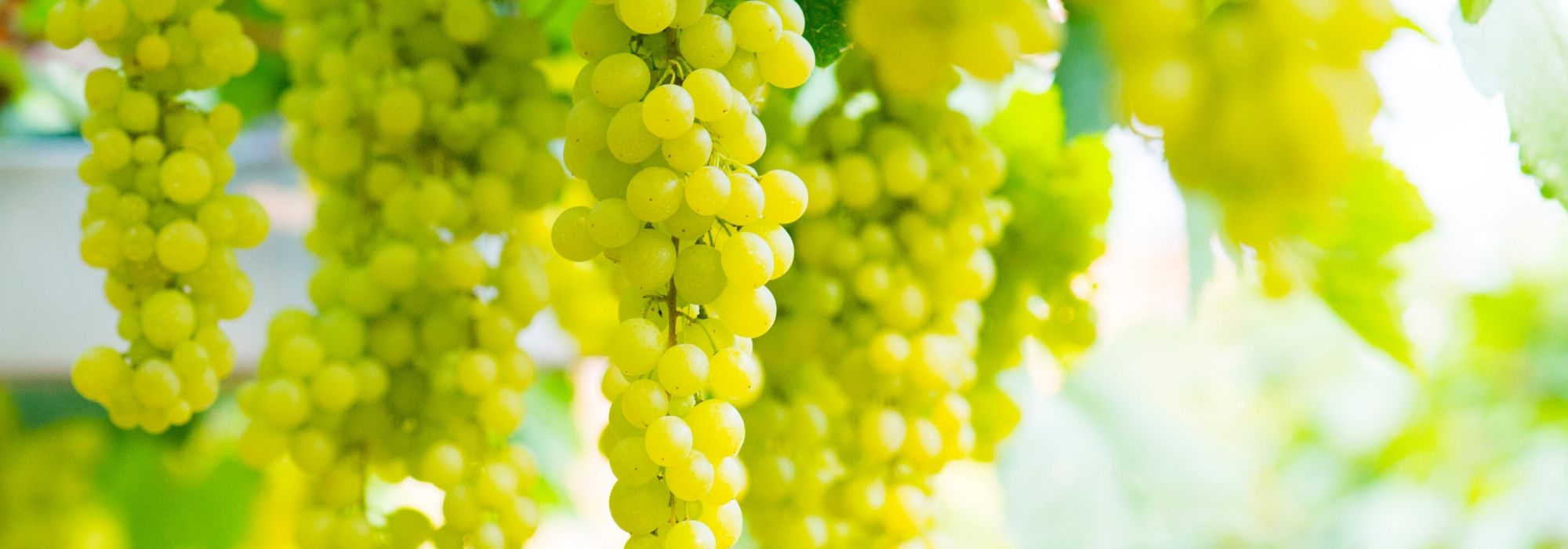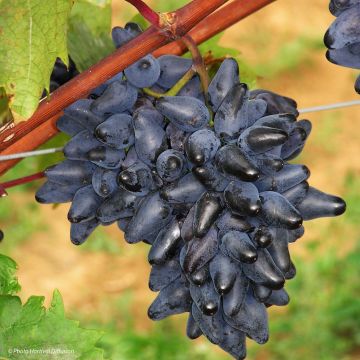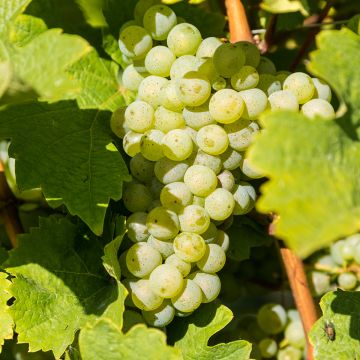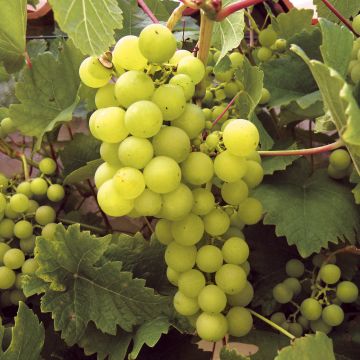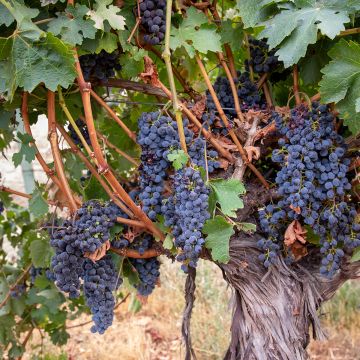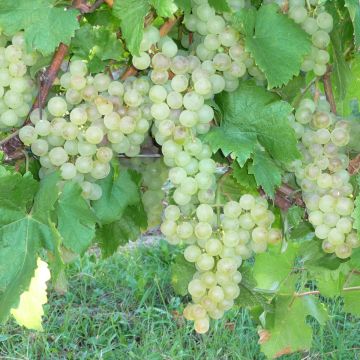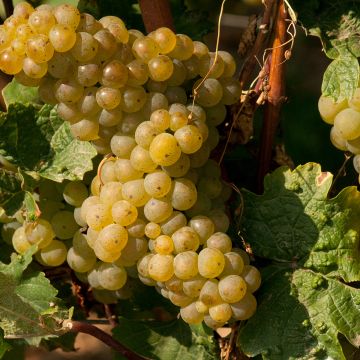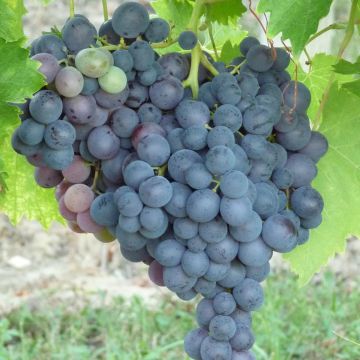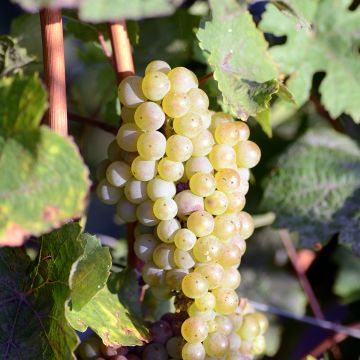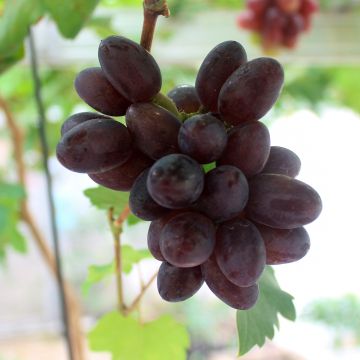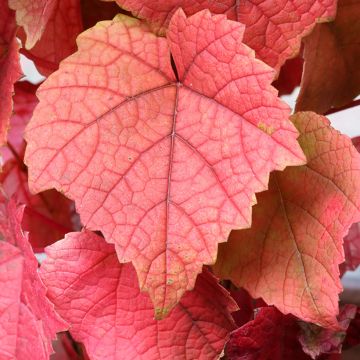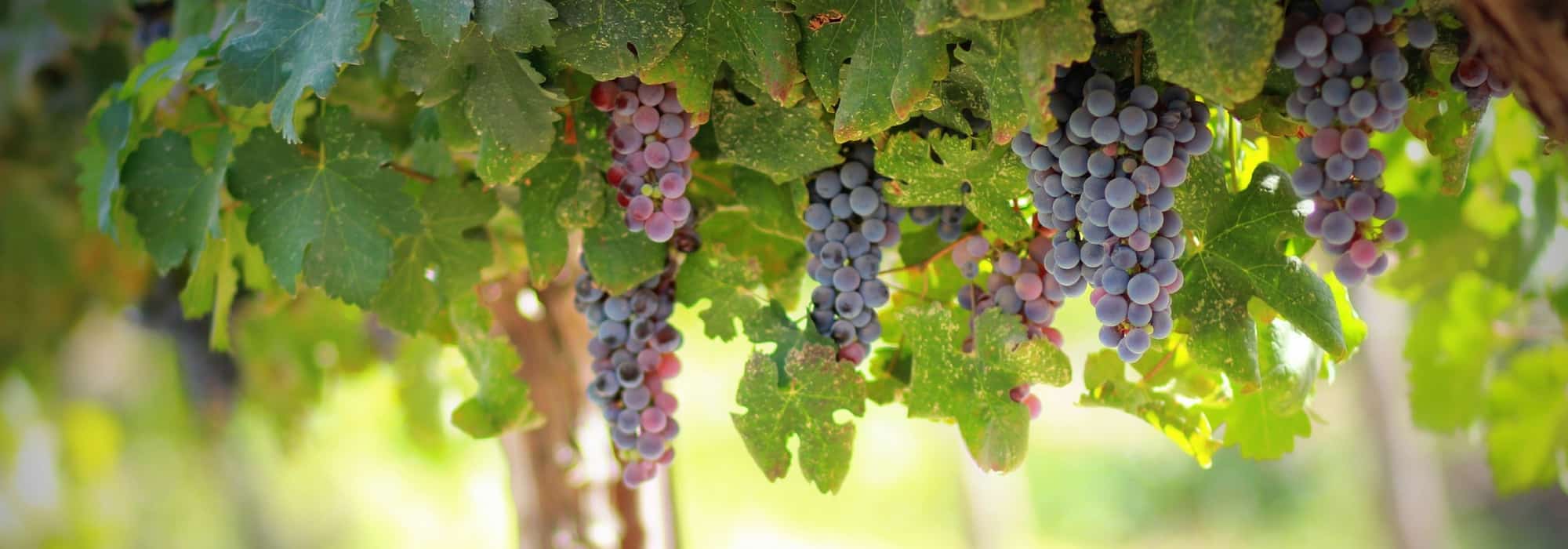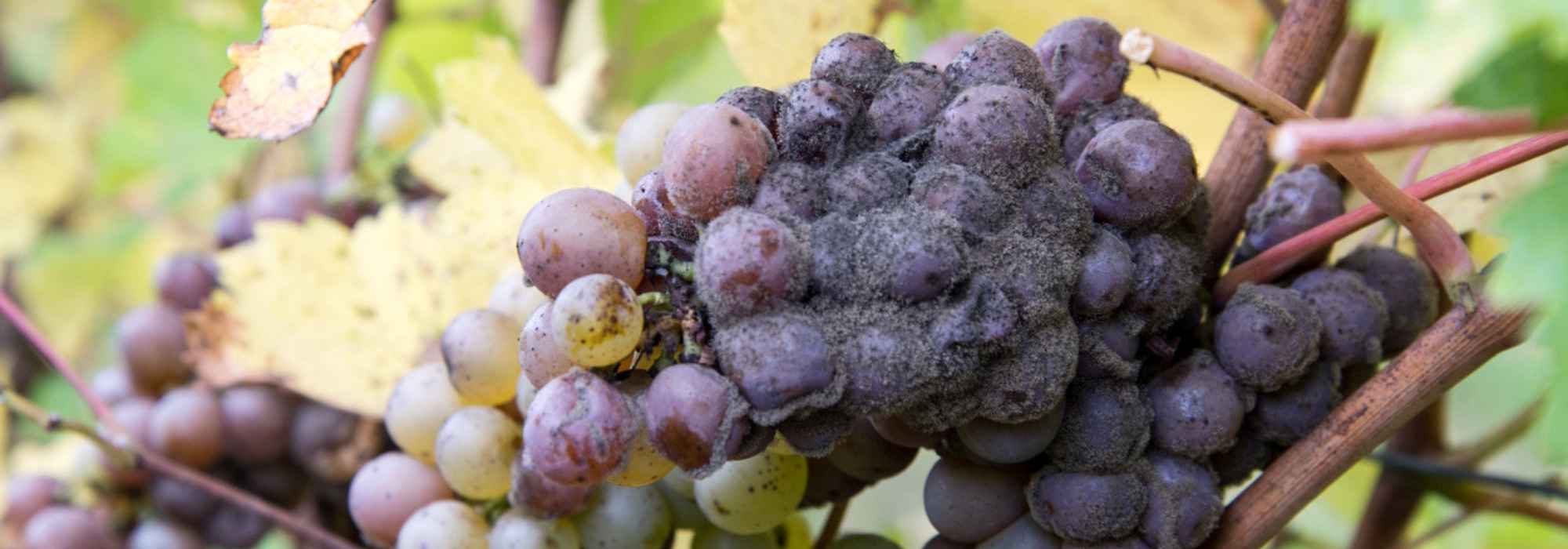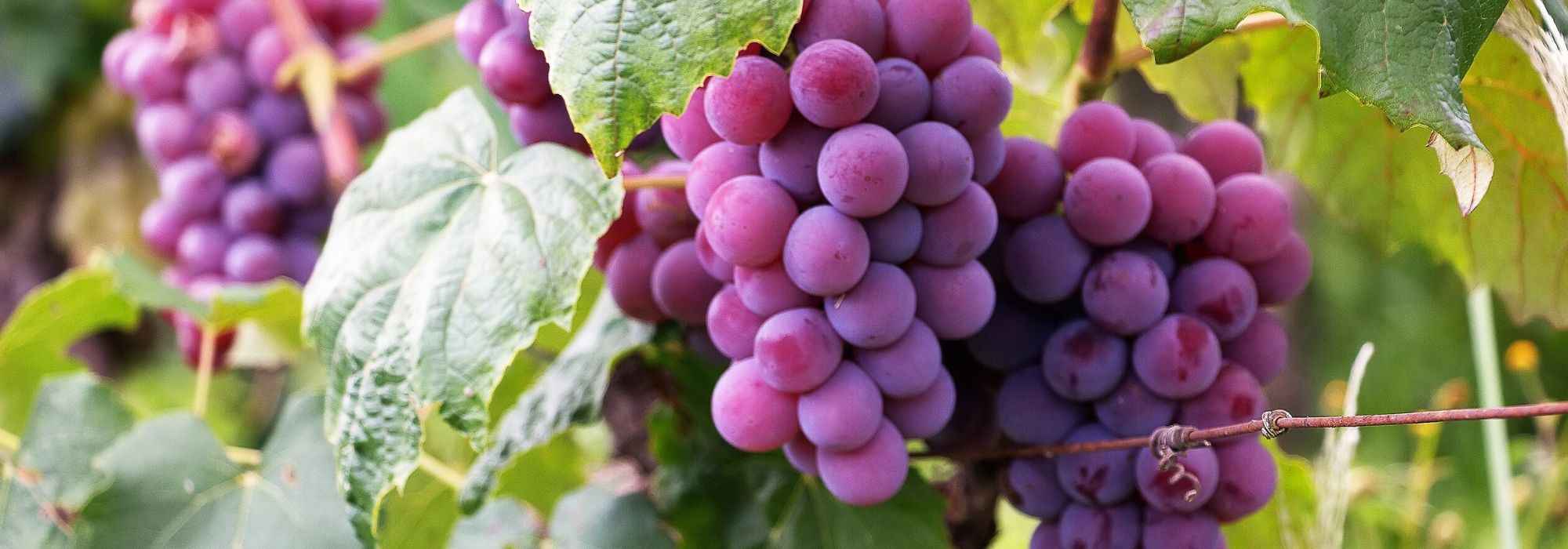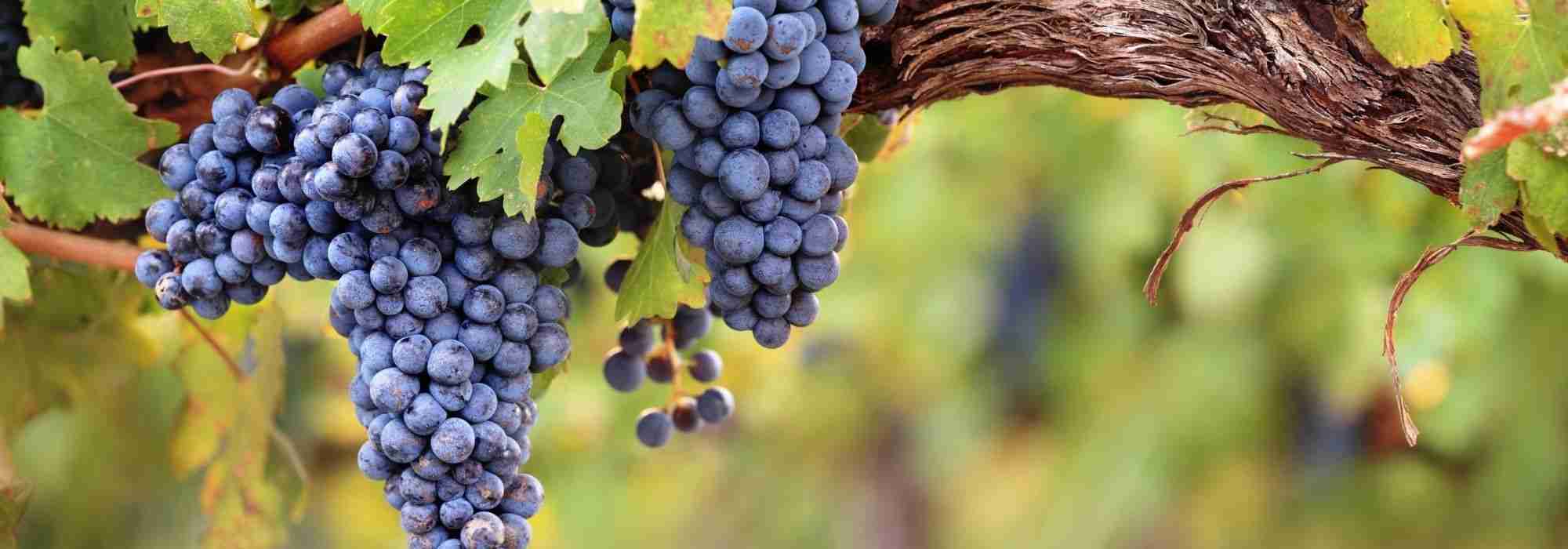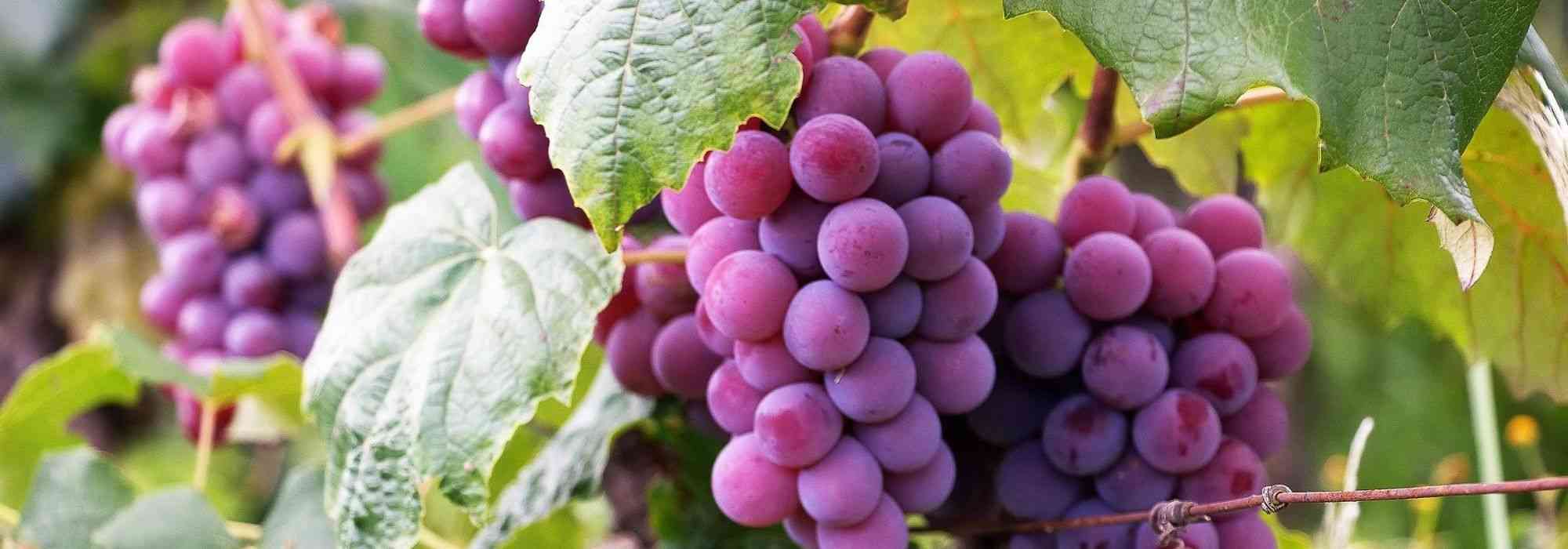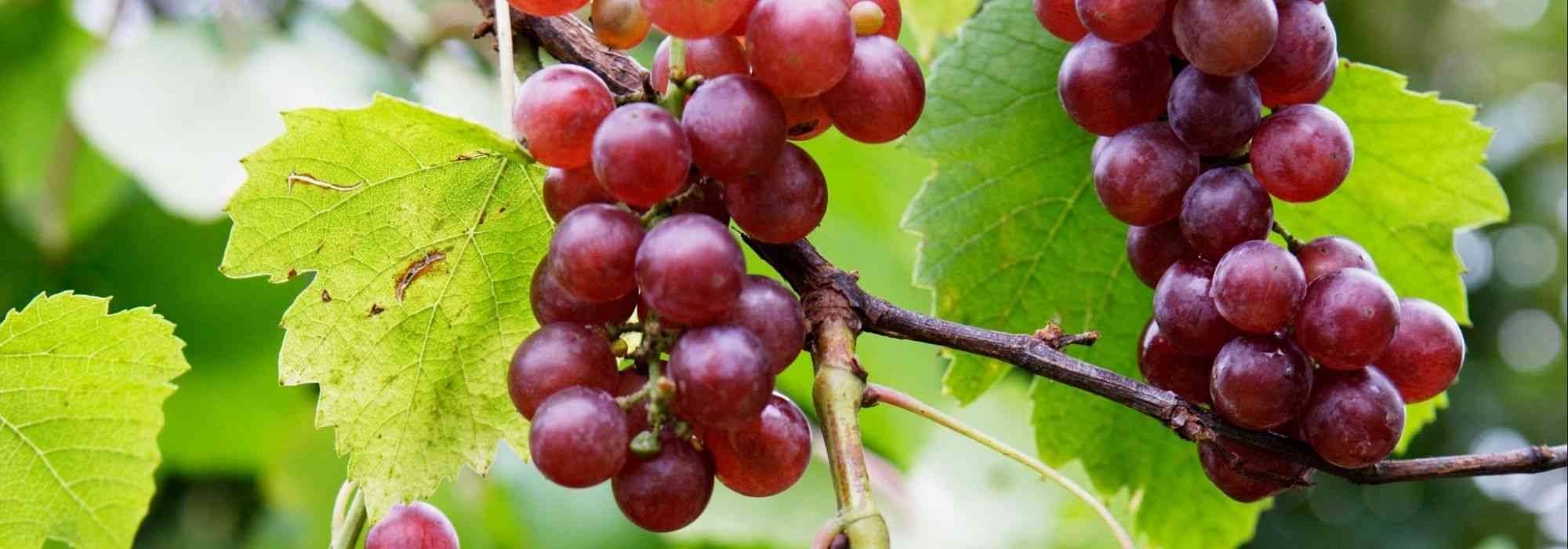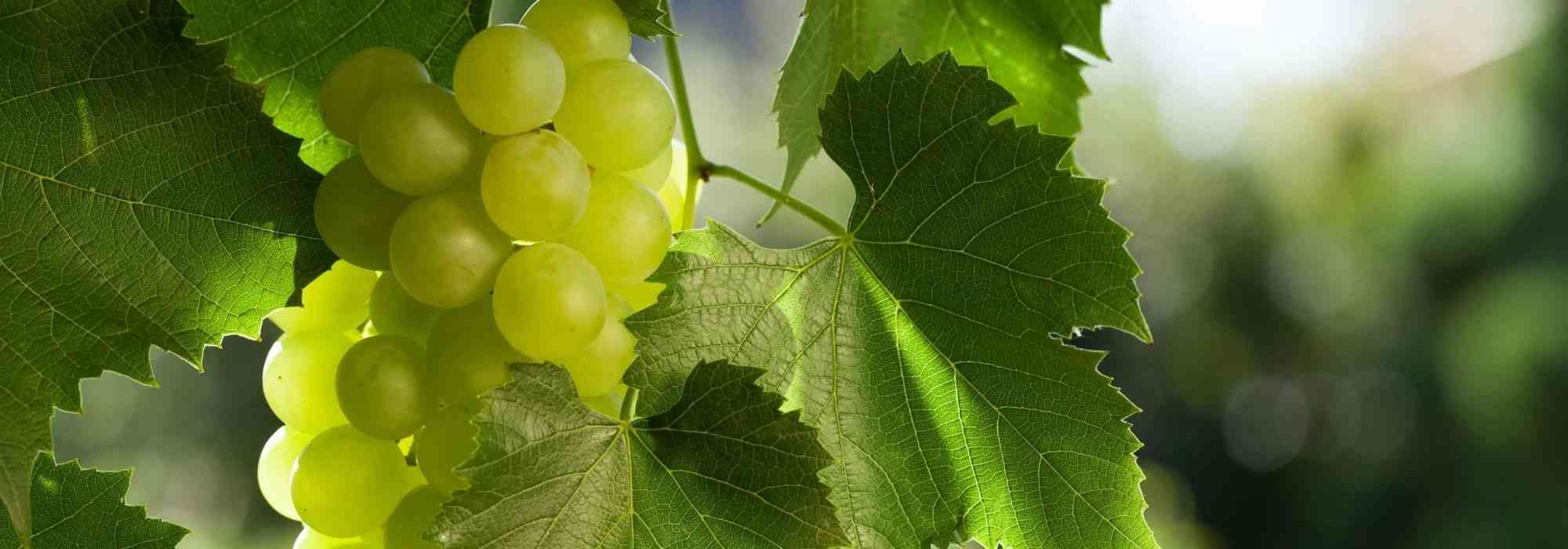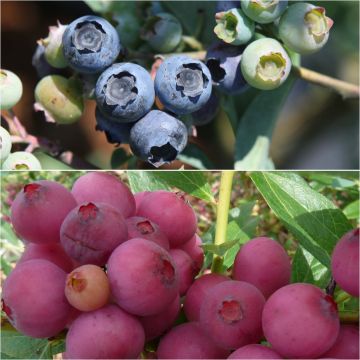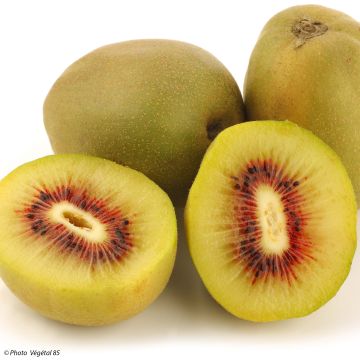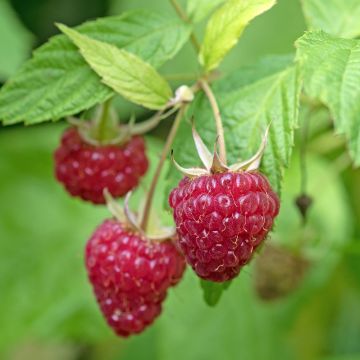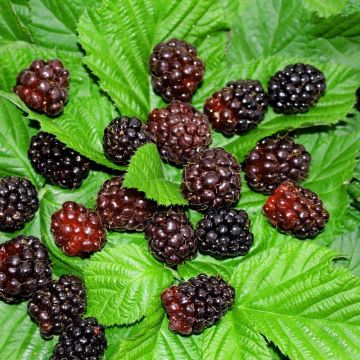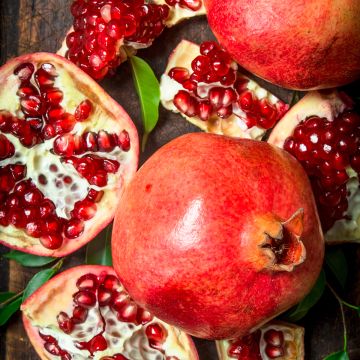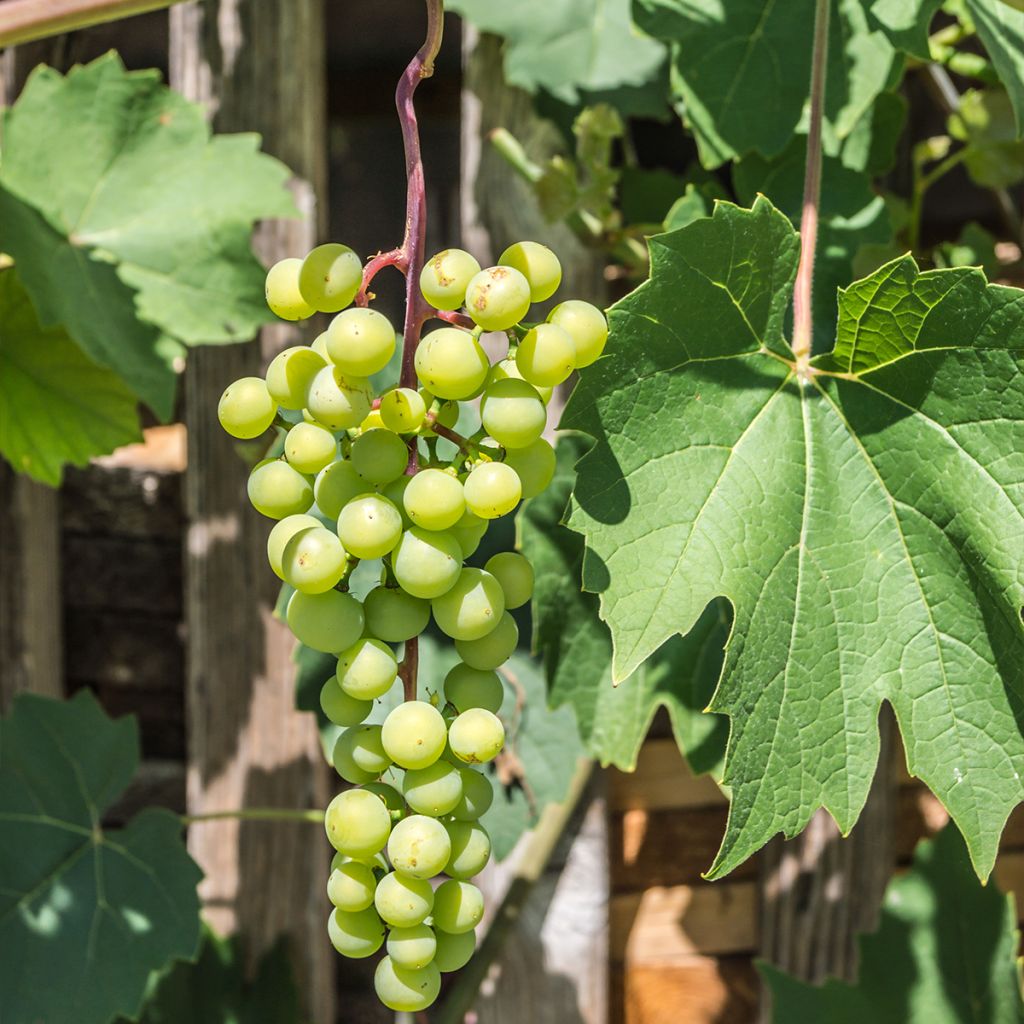

Vitis vinifera Himrod - Grape vine
Vitis vinifera Himrod - Grape vine
Vitis vinifera Himrod
Common Grape Vine, European Grape, Wine Grape
Plante reçue rapidement, bien conditionnée mais chétive qui montre un début de reprise
francis, 17/04/2023
Special offer!
Receive a €20 voucher for any order over €90 (excluding delivery costs, credit notes, and plastic-free options)!
1- Add your favorite plants to your cart.
2- Once you have reached €90, confirm your order (you can even choose the delivery date!).
3- As soon as your order is shipped, you will receive an email containing your voucher code, valid for 3 months (90 days).
Your voucher is unique and can only be used once, for any order with a minimum value of €20, excluding delivery costs.
Can be combined with other current offers, non-divisible and non-refundable.
Home or relay delivery (depending on size and destination)
Schedule delivery date,
and select date in basket
This plant carries a 6 months recovery warranty
More information
We guarantee the quality of our plants for a full growing cycle, and will replace at our expense any plant that fails to recover under normal climatic and planting conditions.
Description
The Himrod grape is a vigorous American variety, capable of reaching a height of 4m (13ft) or more when trained on a trellis or arbour. This variety produces a sweet, amber-yellow dessert grape with raspberry notes, ready for harvest as early as August. The medium-sized clusters bear medium-sized, seedless berries. This vine thrives in most neutral to alkaline, well-drained soils in sunny locations. It is resistant to cold and common vine diseases.
The wine grape (Vitis vinifera) grew wild over 5000 years ago in North and Central America, Europe, and Central and Eastern Asia. The wild subspecies, sylvestris, still exists as a climbing vine, growing on the edges of forests and capable of reaching great heights in trees. The current varieties, known as grape varieties, are classified under the vinifera subspecies (although there are other cultivated species, but they are very minor).
Himrod is an interspecific hybrid with 75% Vitis vinifera (our classic vine) and 25% Vitis labrusca, an American species known as the Raspberry Vine. This variety is the result of crossbreeding in 1928 by A.B. Stout at the Grape Breeding and Research Station in Geneva, New York, USA, between the Ontario variety (a white grape highly resistant to frost) and the Sultanina (or Thompson Seedless), a variety widely used for raisin production.
This vine buds early, even before Chasselas, and is adorned with trilobed, beautiful bright green leaves. it is very vigorous and can cover a trellis or arbour, reaching a height of 4m (13ft) or more if left unpruned. It is self-fertile and highly productive and its flowers develop into medium-sized, cylindrical clusters bearing spherical or slightly oval medium-sized berries. These thin-skinned grapes are greenish-yellow, maturing to amber-yellow with a slight surface bloom. The flesh is smooth and juicy with a subtle raspberry aroma inherited from its Vitis lambrusca ancestry. It is reputed to be seedless, although occasionally some soft and imperceptible seeds may be present. It is a good idea to perform green pruning to remove some leaves so that the grapes are well exposed to the sun and can acquire their beautiful golden colour, a guarantee of their taste quality. This early variety reaches maturity in August.
This very hardy (down to -20°C (-4°F) or even -25°C (-13°F)) vine thrives in full sun, in neutral to alkaline, or even slightly acidic soil, with good drainage. Ordinary, even rocky soil is sufficient, as long as it is not too dry. Excessive soil fertility or excessive feeding will benefit the vegetation more than the fruit. Simply apply organic fertiliser after harvest to provide reserves for the winter. Your vine will use this to start strong in the following spring. Himrod is quite resistant to common vine diseases, another asset of this variety.
Himrod grapes can be enjoyed fresh or as juice, for example in a vitamin-packed fruit cocktail at breakfast. In the United States, they are also used for winemaking. In general, grapes are rich in B vitamins, a source of fibre and manganese, and well supplied with antioxidants. They are also believed to play a role in preventing cardiovascular diseases, and most importantly, they are a healthy, natural, and delicious dessert. Himrod grapes have delightful raspberry notes. You can plant them alongside other varieties, such as black grapes like the famous Muscat de Hambourg, with its sweet berries and musky flavour, to vary the harvest.
Vitis vinifera Himrod - Grape vine in pictures
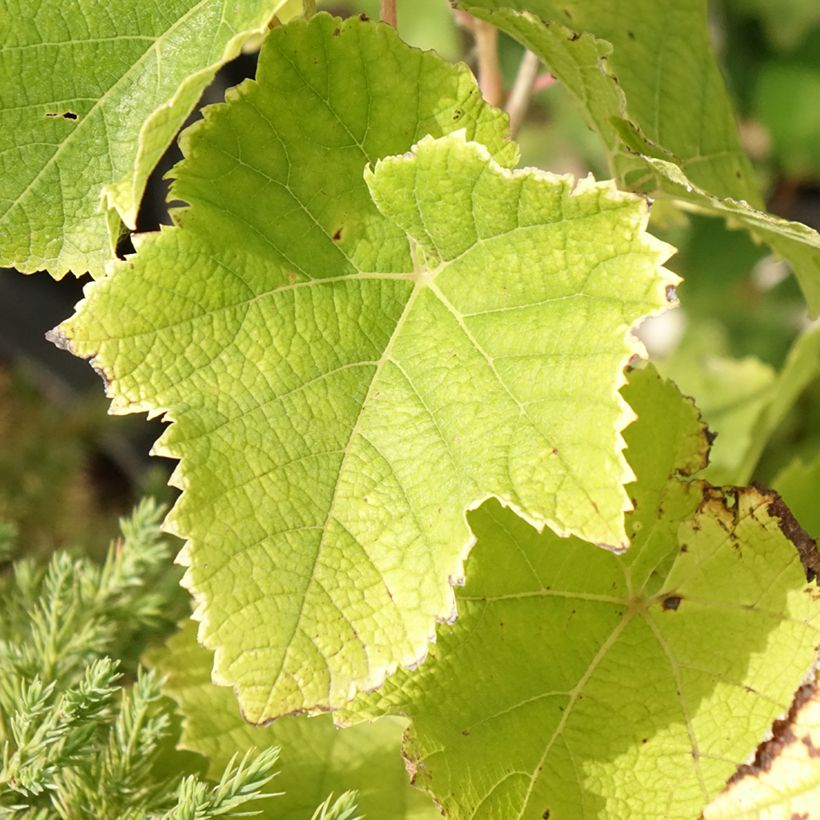

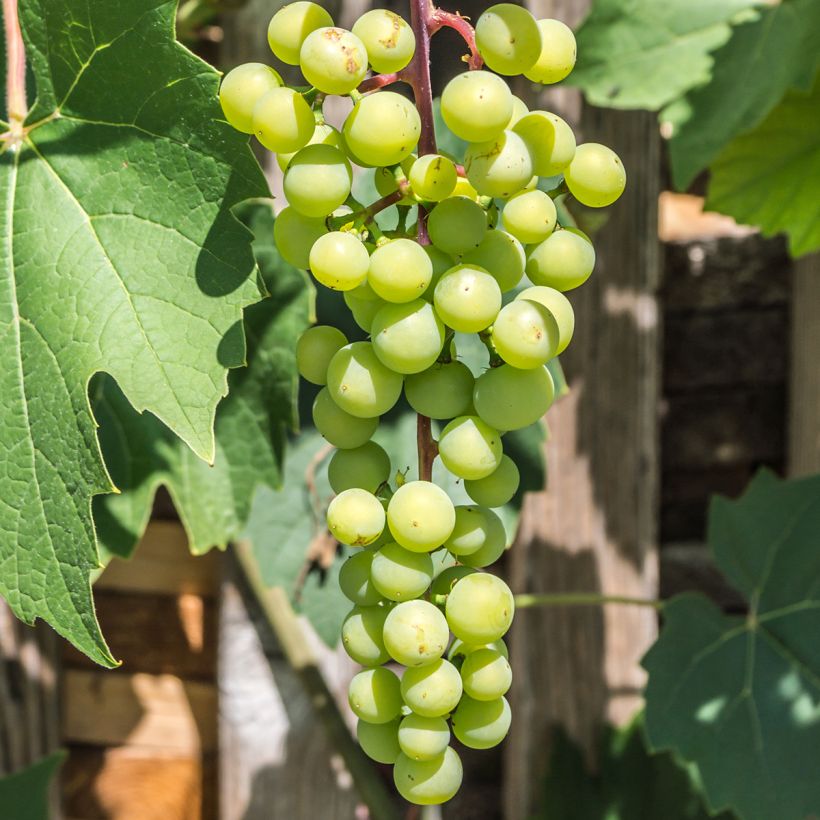

Plant habit
Fruit
Flowering
Foliage
Botanical data
Vitis
vinifera
Himrod
Vitaceae
Common Grape Vine, European Grape, Wine Grape
Cultivar or hybrid
Other Grapevines
View all →Planting and care
Plant Himrod in autumn, in deep, well-drained, even rocky, clayey, and limestone soil, the vine is not very demanding in terms of the chemical nature of the soil. It is capable of adapting to moderately acidic soil (up to pH 6, as below this there are assimilation blockages of certain trace elements), neutral and limestone up to pH 8.5 (in this case, it is the excess of active limestone that is detrimental).
Plant it in a sunny location, sheltered from strong, cold, and dry winds. This variety can withstand winter frosts and is hardy down to -20°C/-25°C (-13°F). Incorporate 3 or 4 handfuls of fruit tree fertiliser and 2 kg of composted manure into the planting soil for each vine. Be careful, the roots should not come into direct contact with the manure. After planting, prune above 2 large buds (buds) to develop two branches. Keep the most vigorous one and tie it to a stake. This will be followed by training pruning.
The vine does not require regular feeding application, quite the opposite for good yield. In overly rich soil, vegetative growth (leaves) will develop at the expense of fruiting. Enrich the soil with potash, crushed horn, or iron chelate, only every 2-3 years.
This vine is known to be highly resistant to diseases, especially the dreaded mildew.
Planting period
Intended location
Care
Planting & care advice
-
, onOrder confirmed
Reply from on Promesse de fleurs
Similar products
Haven't found what you were looking for?
Hardiness is the lowest winter temperature a plant can endure without suffering serious damage or even dying. However, hardiness is affected by location (a sheltered area, such as a patio), protection (winter cover) and soil type (hardiness is improved by well-drained soil).

Photo Sharing Terms & Conditions
In order to encourage gardeners to interact and share their experiences, Promesse de fleurs offers various media enabling content to be uploaded onto its Site - in particular via the ‘Photo sharing’ module.
The User agrees to refrain from:
- Posting any content that is illegal, prejudicial, insulting, racist, inciteful to hatred, revisionist, contrary to public decency, that infringes on privacy or on the privacy rights of third parties, in particular the publicity rights of persons and goods, intellectual property rights, or the right to privacy.
- Submitting content on behalf of a third party;
- Impersonate the identity of a third party and/or publish any personal information about a third party;
In general, the User undertakes to refrain from any unethical behaviour.
All Content (in particular text, comments, files, images, photos, videos, creative works, etc.), which may be subject to property or intellectual property rights, image or other private rights, shall remain the property of the User, subject to the limited rights granted by the terms of the licence granted by Promesse de fleurs as stated below. Users are at liberty to publish or not to publish such Content on the Site, notably via the ‘Photo Sharing’ facility, and accept that this Content shall be made public and freely accessible, notably on the Internet.
Users further acknowledge, undertake to have ,and guarantee that they hold all necessary rights and permissions to publish such material on the Site, in particular with regard to the legislation in force pertaining to any privacy, property, intellectual property, image, or contractual rights, or rights of any other nature. By publishing such Content on the Site, Users acknowledge accepting full liability as publishers of the Content within the meaning of the law, and grant Promesse de fleurs, free of charge, an inclusive, worldwide licence for the said Content for the entire duration of its publication, including all reproduction, representation, up/downloading, displaying, performing, transmission, and storage rights.
Users also grant permission for their name to be linked to the Content and accept that this link may not always be made available.
By engaging in posting material, Users consent to their Content becoming automatically accessible on the Internet, in particular on other sites and/or blogs and/or web pages of the Promesse de fleurs site, including in particular social pages and the Promesse de fleurs catalogue.
Users may secure the removal of entrusted content free of charge by issuing a simple request via our contact form.
The flowering period indicated on our website applies to countries and regions located in USDA zone 8 (France, the United Kingdom, Ireland, the Netherlands, etc.)
It will vary according to where you live:
- In zones 9 to 10 (Italy, Spain, Greece, etc.), flowering will occur about 2 to 4 weeks earlier.
- In zones 6 to 7 (Germany, Poland, Slovenia, and lower mountainous regions), flowering will be delayed by 2 to 3 weeks.
- In zone 5 (Central Europe, Scandinavia), blooming will be delayed by 3 to 5 weeks.
In temperate climates, pruning of spring-flowering shrubs (forsythia, spireas, etc.) should be done just after flowering.
Pruning of summer-flowering shrubs (Indian Lilac, Perovskia, etc.) can be done in winter or spring.
In cold regions as well as with frost-sensitive plants, avoid pruning too early when severe frosts may still occur.
The planting period indicated on our website applies to countries and regions located in USDA zone 8 (France, United Kingdom, Ireland, Netherlands).
It will vary according to where you live:
- In Mediterranean zones (Marseille, Madrid, Milan, etc.), autumn and winter are the best planting periods.
- In continental zones (Strasbourg, Munich, Vienna, etc.), delay planting by 2 to 3 weeks in spring and bring it forward by 2 to 4 weeks in autumn.
- In mountainous regions (the Alps, Pyrenees, Carpathians, etc.), it is best to plant in late spring (May-June) or late summer (August-September).
The harvesting period indicated on our website applies to countries and regions in USDA zone 8 (France, England, Ireland, the Netherlands).
In colder areas (Scandinavia, Poland, Austria...) fruit and vegetable harvests are likely to be delayed by 3-4 weeks.
In warmer areas (Italy, Spain, Greece, etc.), harvesting will probably take place earlier, depending on weather conditions.
The sowing periods indicated on our website apply to countries and regions within USDA Zone 8 (France, UK, Ireland, Netherlands).
In colder areas (Scandinavia, Poland, Austria...), delay any outdoor sowing by 3-4 weeks, or sow under glass.
In warmer climes (Italy, Spain, Greece, etc.), bring outdoor sowing forward by a few weeks.






























